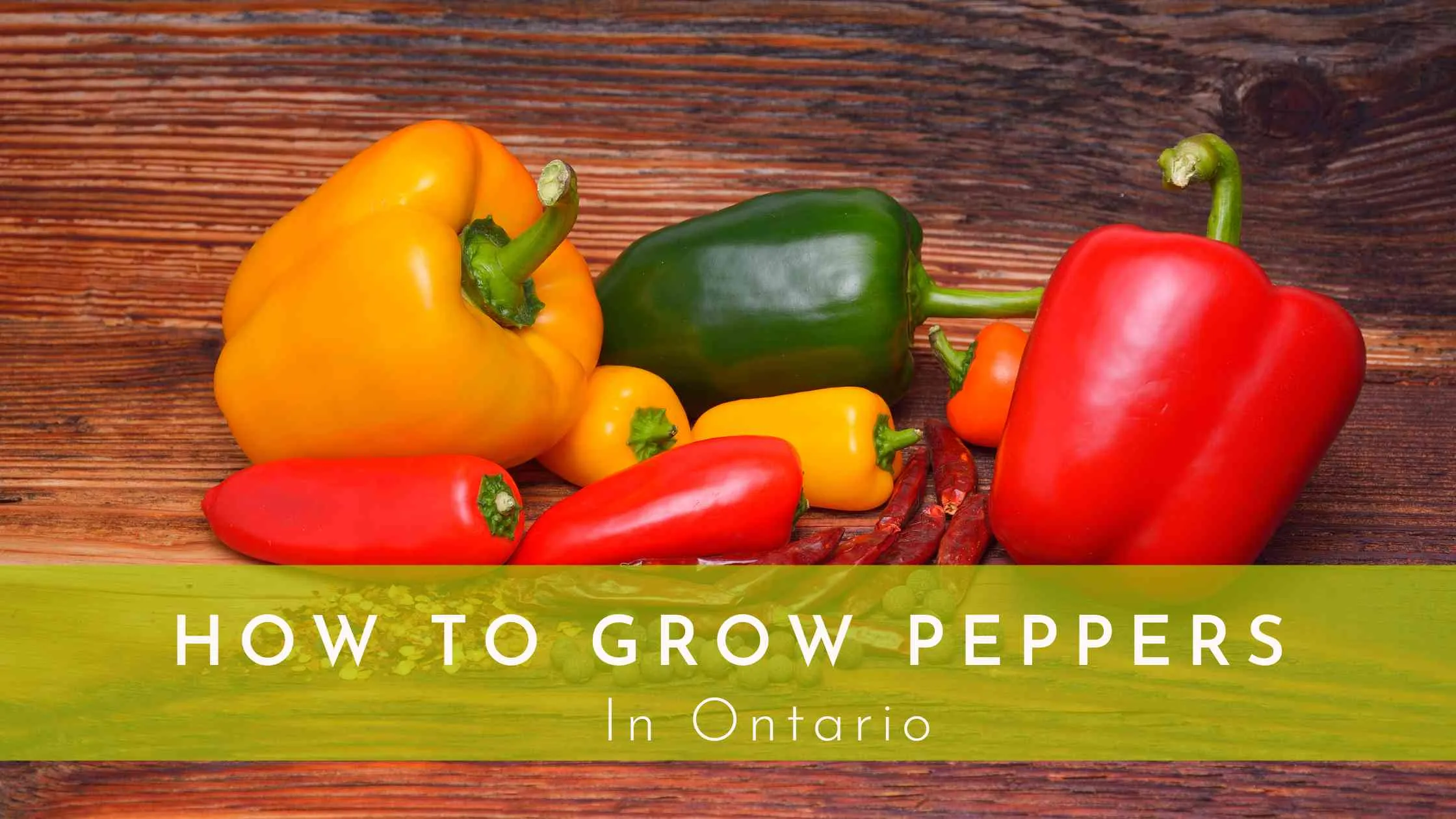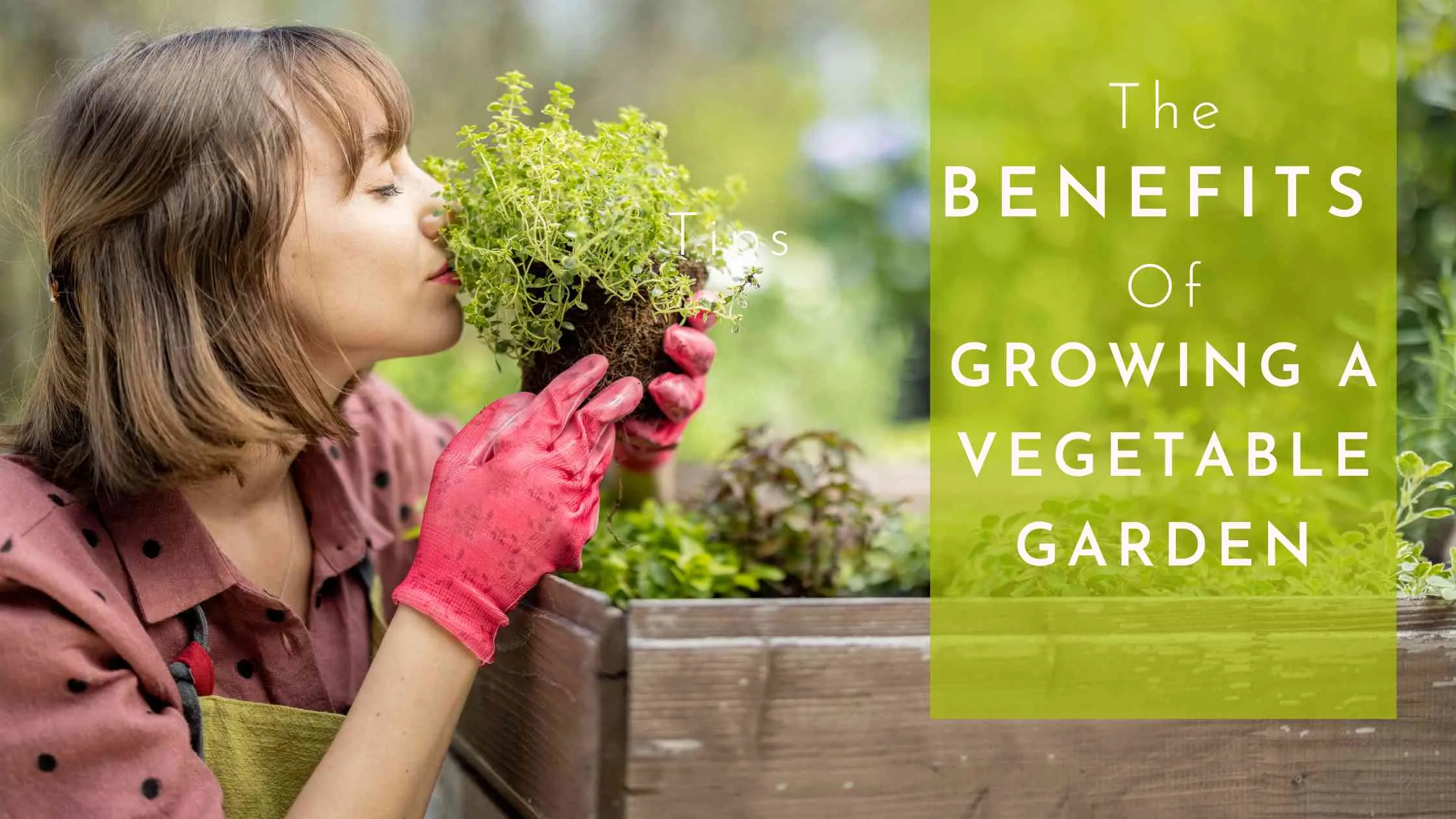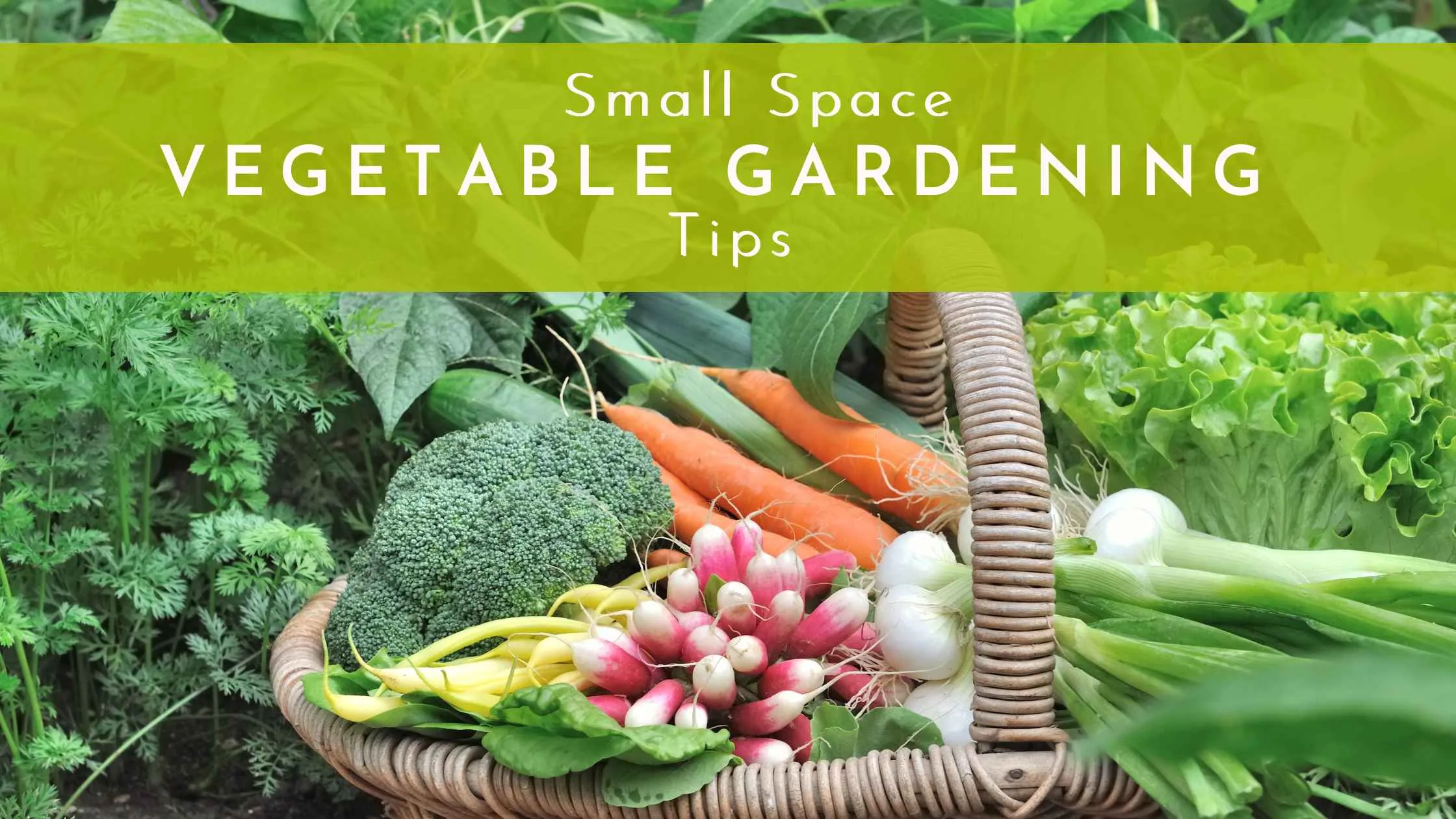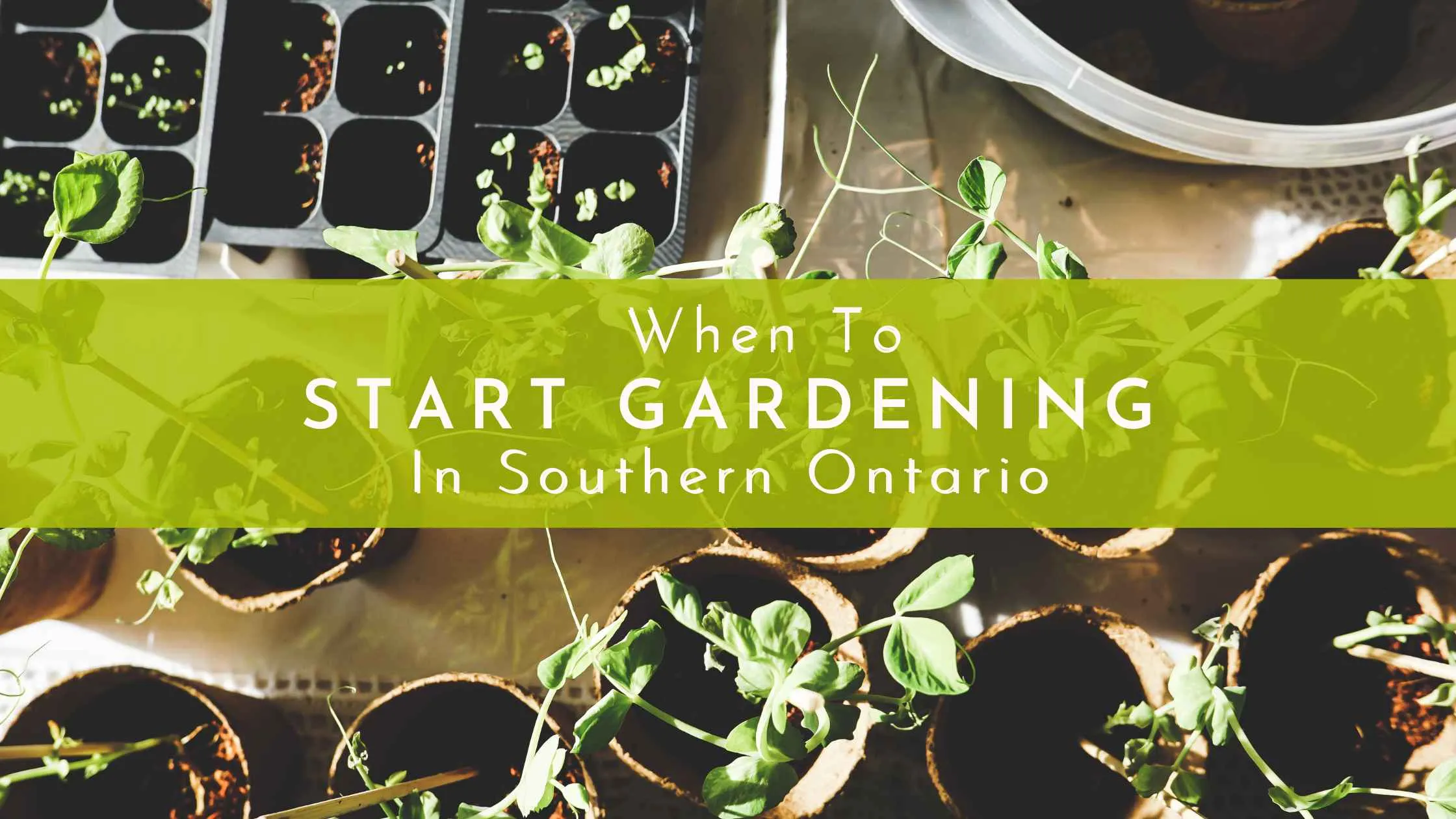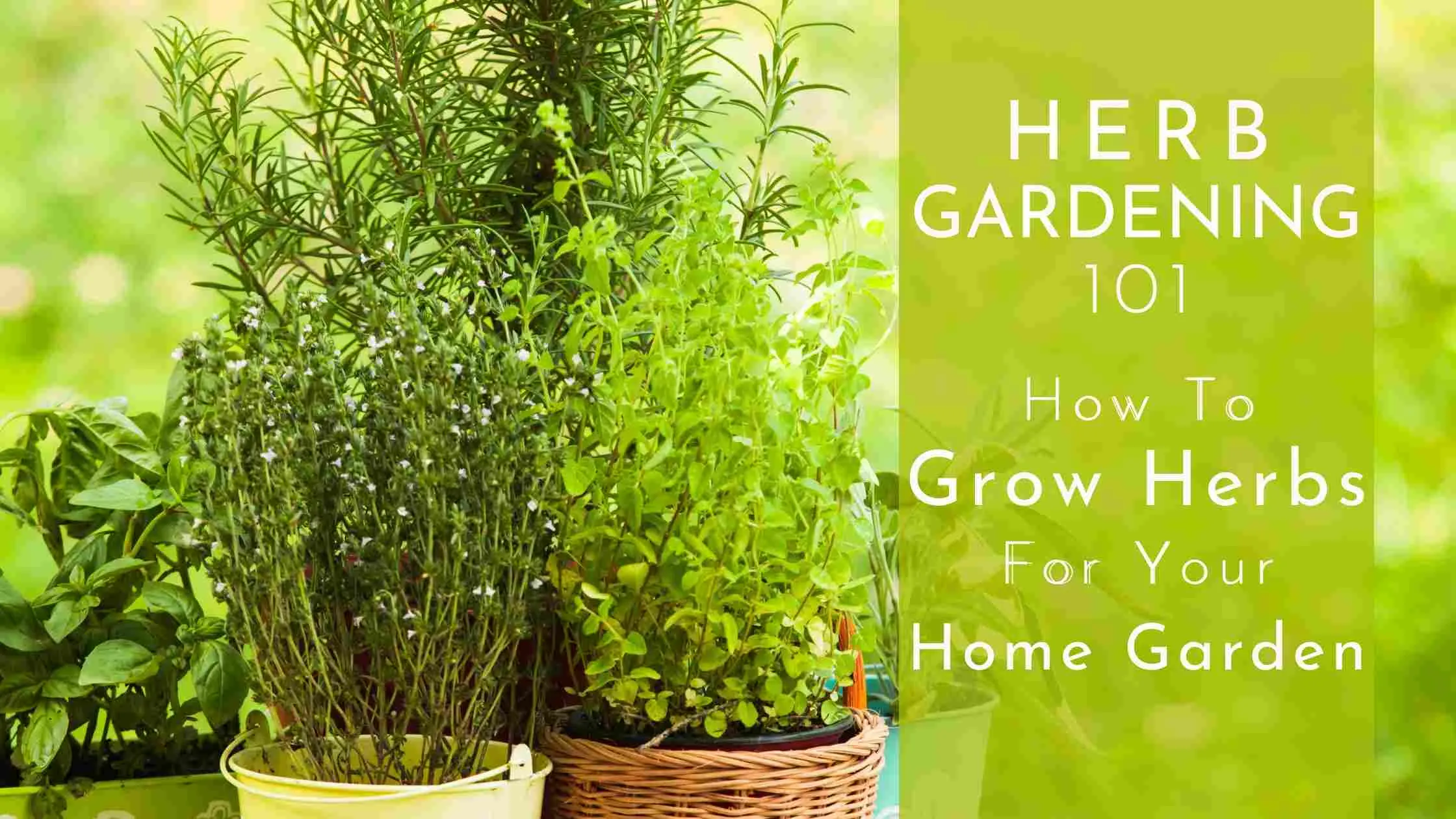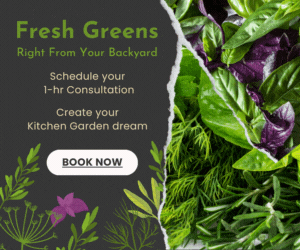Creating a Fragrance Garden
Imagine stepping into a garden bursting with captivating scents—lavender in the breeze, jasmine at dusk, and the zest of lemon balm when brushed against. A fragrance garden is not just beautiful; it’s a sensory retreat, a pollinator haven, and, if done right, a source of culinary delights.
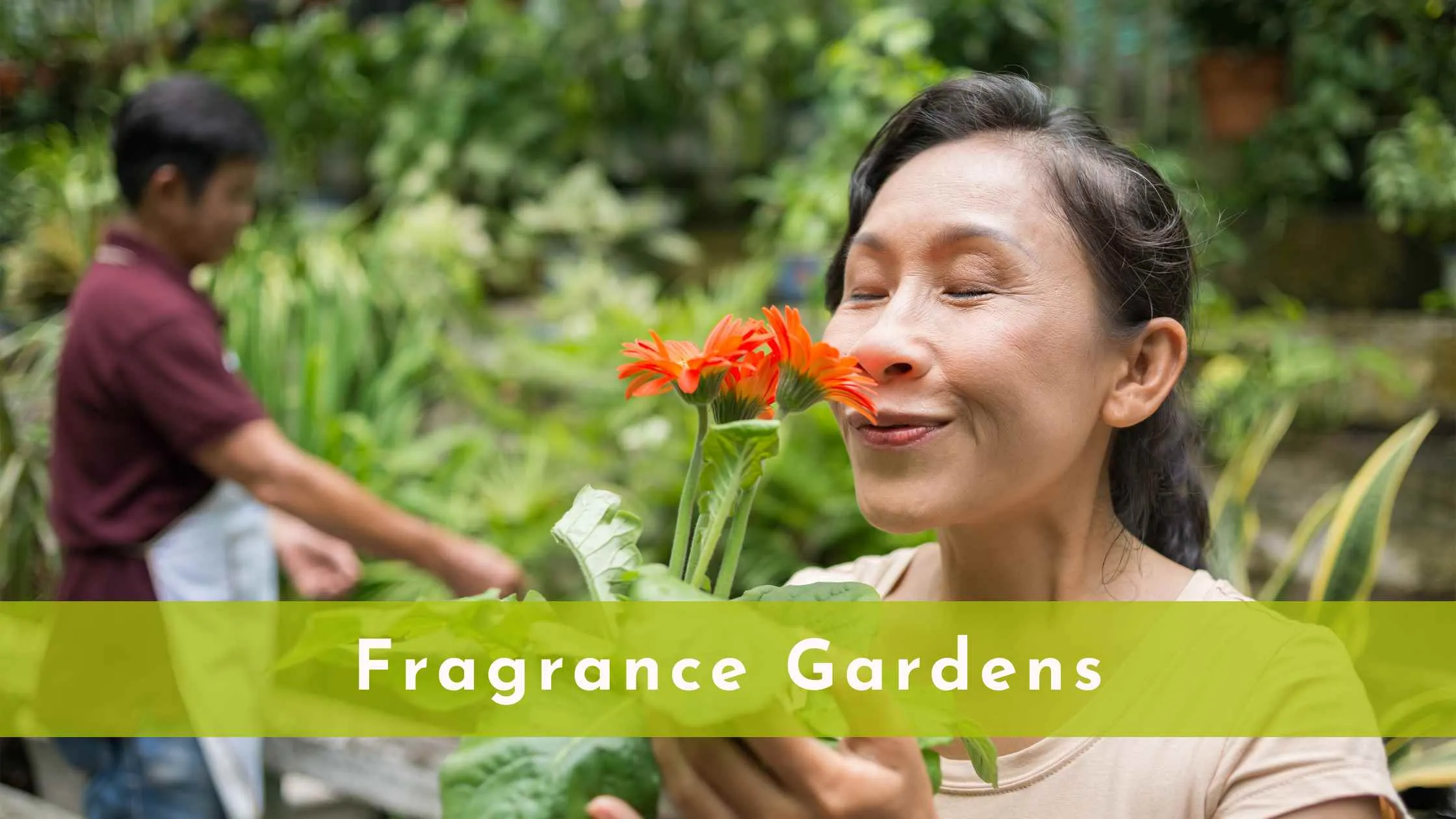
Here’s how to create your very own fragrance garden, with tips on choosing plants – edible from non-edible varieties, and maintaining this aromatic paradise.
Benefits of a Fragrance Garden
There are many benefits to incorporating a fragrance garden in your garden plan.
- Sensory Therapy: Scents like lavender reduce stress, while mint invigorates focus.
- Pollinator Haven: Bees and butterflies are drawn to aromatic blooms.
- Culinary Delights: Herbs like rosemary and basil elevate your kitchen creations.
- Eco-Friendly: Many fragrant plants thrive with minimal water and care.
Choosing Your Plants: Edible vs. Non-Edible
Especially when you grow food or have a kitchen garden, it’s important to know which of your selected blooms are edible and which are not. Here are some common examples:
- Edible Fragrant Plants
- Examples: Lavender, mint, basil, rosemary, lemon balm.
- Uses: Cook with herbs, brew tea, or infuse oils.
- Non-Edible Fragrant Plants
- Examples: Jasmine, gardenia, lilac.
- Uses: Beautify your space and craft potpourri.
Key Tip: Separate edible plants from non-edible ones to avoid cross-contamination and confusion.
Designing Your Fragrance Garden
- Create Zones: Dedicate distinct areas for edible and non-edible plants. Do not plant non-edible plants in your kitchen garden. Instead, designate specific areas for them.
- Plan Seasonal Blooms: Choose plants that ensure year-round fragrance. Knowing when different flowers bloom and the duration of their blooms would be essential here.
- Layer Your Plants: Pair ground covers like thyme with taller shrubs.
- Include Pathways: Walking through your garden enhances the sensory experience.
DIY Ideas for Your Fragrance Garden
Many small projects come to mind when thinking of aromatic flowers. These include:
- Herbal Sachets: Dry lavender and rosemary for natural drawer fresheners.
- Scented Oils: Create infused oils for cooking or skin care.
- Fragrant Pathways: Use thyme or chamomile along walkways for aromatic steps.
Maintaining Your Garden
Keep these tips in mind to maintain a blooming and fragrant garden as the year progresses
- Ensure good soil drainage and sunlight.
- Prune regularly for new growth.
- Use organic fertilizers to support pollinators and health.
With a little planning and care, your fragrance garden will become a space of tranquility and sensory delight. Start small, grow your confidence, and let nature’s aromas enhance your life!

